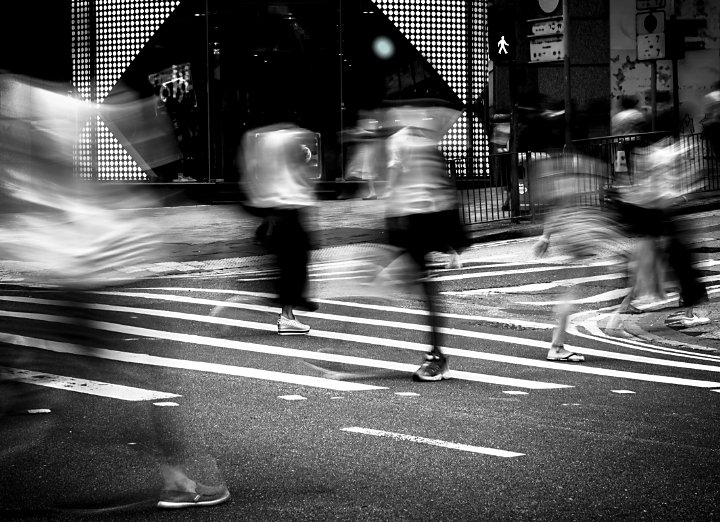The Best Guide To Framing Streets
Framing Streets Fundamentals Explained
Table of ContentsFraming Streets Things To Know Before You BuyThe Greatest Guide To Framing StreetsTop Guidelines Of Framing StreetsFacts About Framing Streets RevealedFraming Streets Fundamentals ExplainedNot known Details About Framing Streets
Digital photography style "Crufts Dog Show 1968" by Tony Ray-Jones Street digital photography (likewise in some cases called honest digital photography) is digital photography conducted for art or inquiry that features unmediated opportunity encounters and arbitrary events within public places, typically with the aim of capturing photos at a definitive or touching moment by careful framework and timing. 
Framing Streets - An Overview
Susan Sontag, 1977 Road photography can focus on individuals and their habits in public. In this respect, the street professional photographer resembles social docudrama photographers or photojournalists that also operate in public areas, however with the aim of catching relevant occasions. Any one of these photographers' pictures might capture people and residential property visible within or from public locations, which usually involves browsing moral concerns and laws of personal privacy, security, and residential property.
Depictions of everyday public life form a genre in practically every period of world art, starting in the pre-historic, Sumerian, Egyptian and early Buddhist art periods. Art managing the life of the street, whether within views of cityscapes, or as the leading concept, shows up in the West in the canon of the Northern Renaissance, Baroque, Rococo, of Romanticism, Realistic look, Impressionism and Post-Impressionism.
Getting My Framing Streets To Work
Louis Daguerre: "Blvd du Temple" (1838 or 1839) In 1838 or 1839 the very first photograph of numbers in the street was recorded by Louis-Jacques-Mand Daguerre in among a pair of daguerreotype sights drawn from his workshop window of the Boulevard du Temple in Paris. The 2nd, made at the height of the day, reveals an unpopulated stretch of road, while the various other was taken at concerning 8:00 am, and as Beaumont Newhall records, "The Boulevard, so continuously filled with a moving throng of pedestrians and carriages was flawlessly singular, other than an individual that was having his boots combed.
His boots and legs were well defined, however he is without body or head, due to the fact that these were in activity." Charles Ngre, waterseller Charles Ngre. http://ttlink.com/framingstreets1 was the very first photographer to obtain the technical sophistication needed to sign up people in movement on the road in Paris in 1851. Photographer John Thomson, a Scotsman dealing with journalist and social protestor Adolphe Smith, released Road Life in London in twelve monthly installments starting in February 1877
Some Known Details About Framing Streets
Eugene Atget is related to as a progenitor, not because he was the first of his kind, however as an outcome of the popularisation in the late 1920s of his record of Parisian streets by Berenice Abbott, who was influenced to take on a similar documentation of New York City. [] As the city developed, Atget helped to promote Parisian streets as a worthy subject for photography.

Not known Factual Statements About Framing Streets
Martin is the very first recorded photographer to do so in London with a masked electronic camera. Mass-Observation was a social research organisation established in 1937 which aimed to record day-to-day life index in Britain and to tape-record the responses of the 'man-in-the-street' to King Edward VIII's abdication in 1936 to wed divorce Wallis Simpson, and the sequence of George VI. Andre Kertesz.'s extensively appreciated Images la Sauvette (1952) (the English-language version was titled The Definitive Moment) advertised the concept of taking a picture at what he called the "crucial minute"; "when type and content, vision and composition combined into a transcendent whole" - copyright Camera.
How Framing Streets can Save You Time, Stress, and Money.
The recording device was 'a covert camera', a 35 mm Contax hidden underneath his layer, that was 'strapped to the breast and connected to a lengthy cable strung down the ideal sleeve'. His job had little modern influence as due to Evans' sensitivities concerning the creativity of his project and the personal privacy of his topics, it was not released up until 1966, in the publication Numerous Are Called, with an introduction composed by James Agee in 1940.
Helen Levitt, after that a teacher of kids, connected with Evans in 193839. She documented the temporal chalk drawings - Street photography hashtags that were component of kids's street culture in New york city at the time, as well as the youngsters who made them. In July 1939, Mo, MA's new photography area included Levitt's work in its inaugural eventRobert Frank's 1958 publication,, was substantial; raw and often out of emphasis, Frank's pictures questioned traditional photography of the time, "tested all the formal guidelines laid down by Henri Cartier-Bresson and Walker Evans" and "contradicted the wholesome pictorialism and heartfelt photojournalism of American magazines like LIFE and Time".